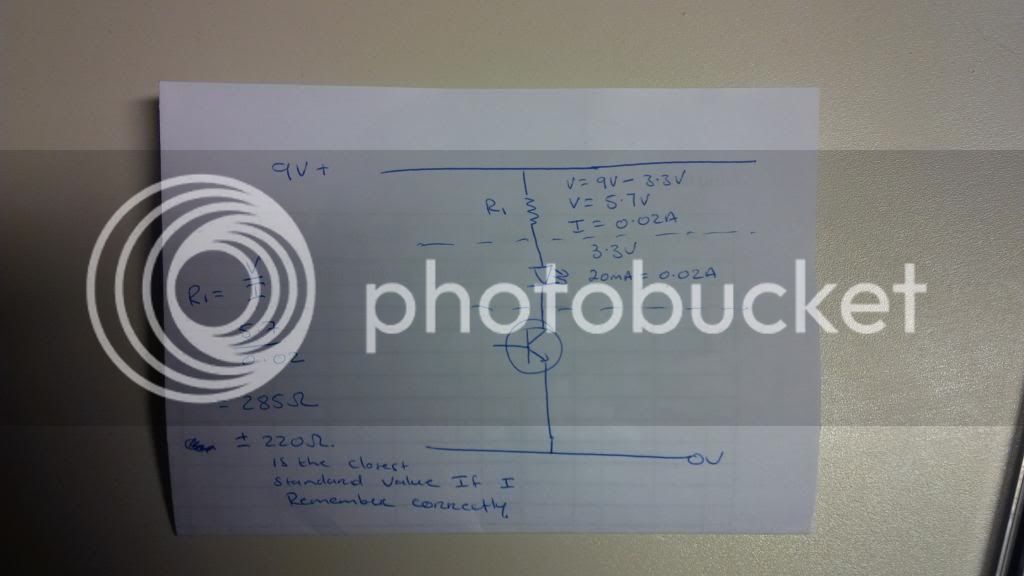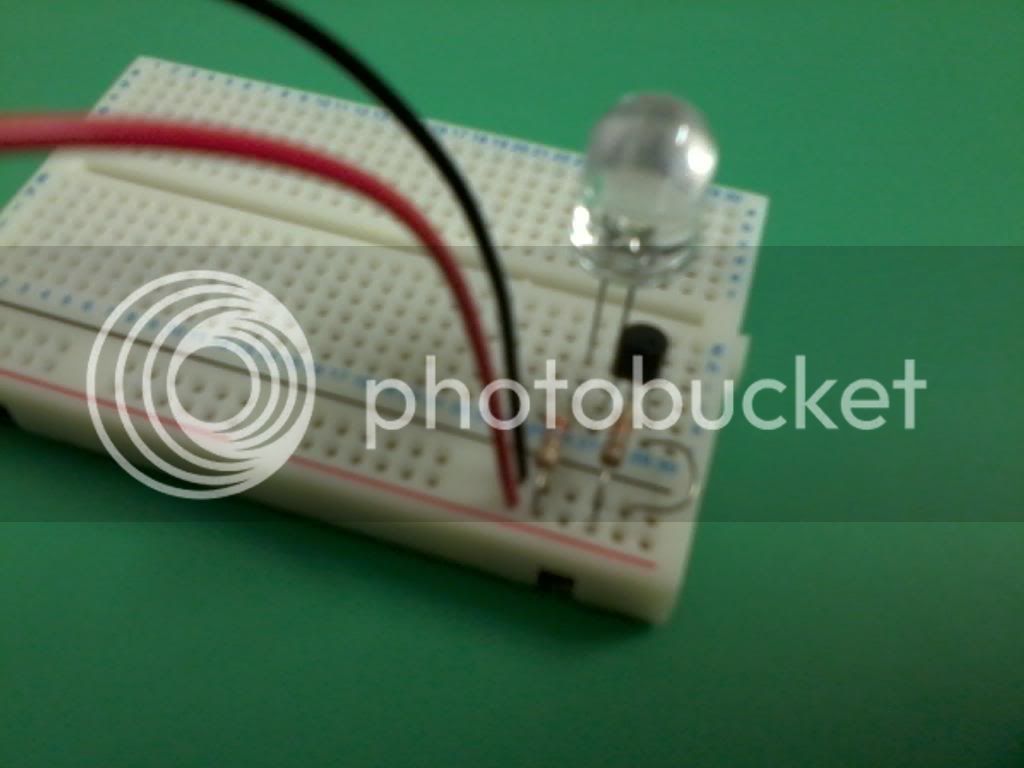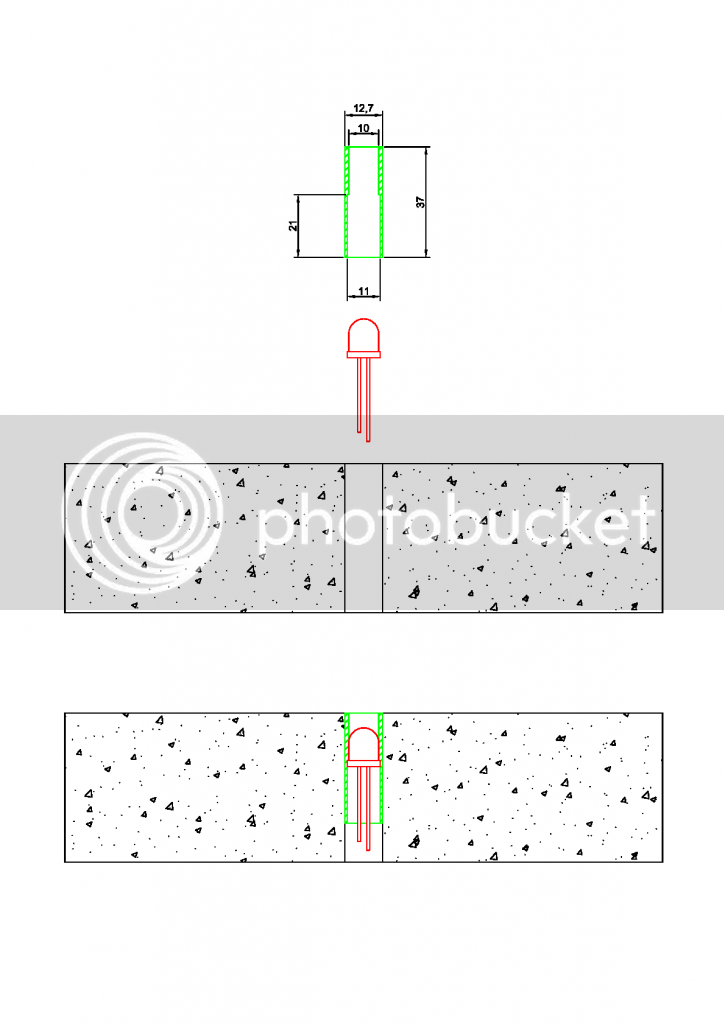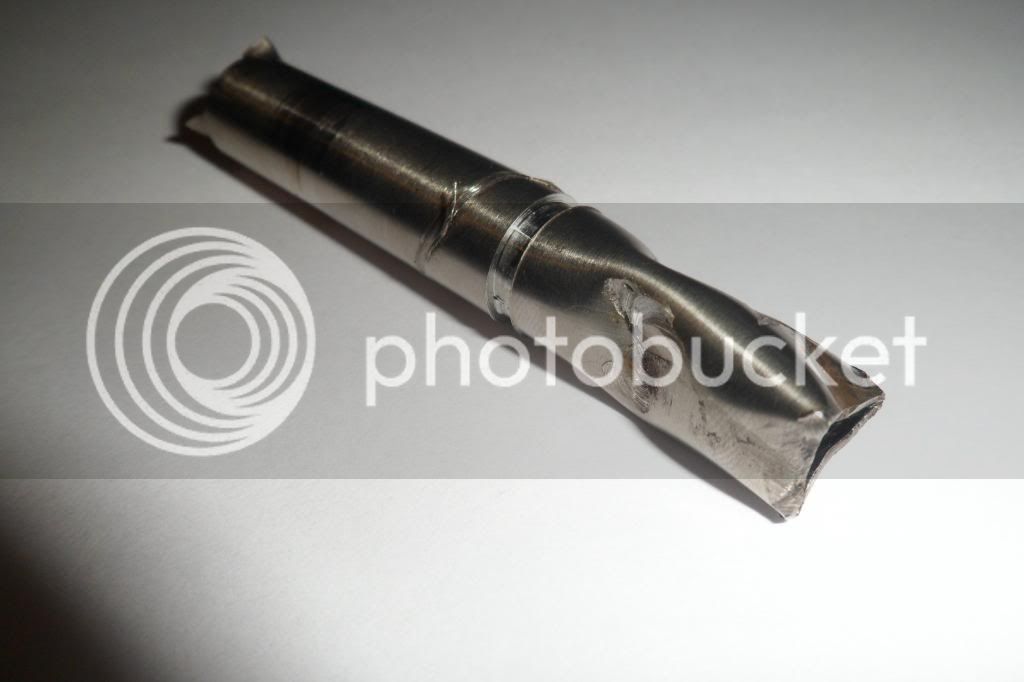- Joined
- Dec 24, 2013
- Messages
- 1,605
- Reaction score
- 353
The "thing" you can just see above the velleman pcb are a couple of miniature relays that operate the traffic lights (There are 2 more above these, 4 in total). Originally it had 12v 1w lamps, now it has LED's too.What's the PCB above, gates?







































































